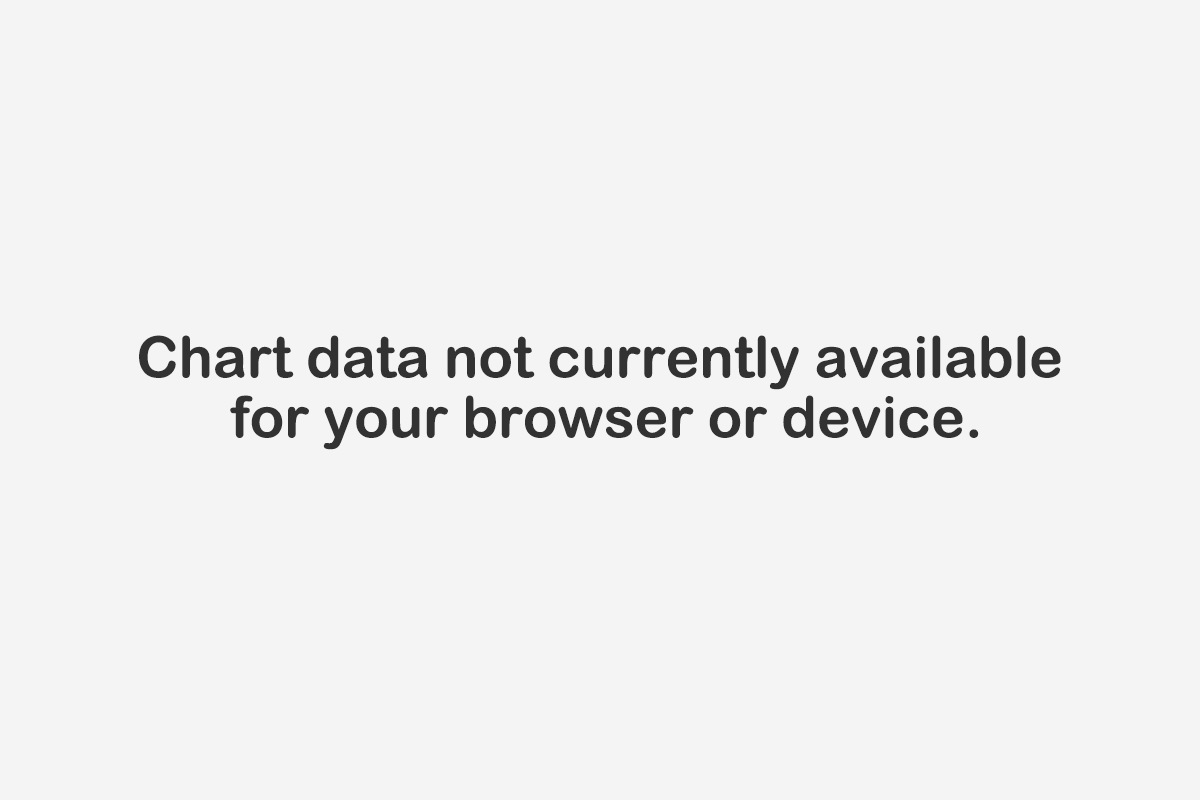Construction was the UK's hardest-hit sector in November, with 344 firms entering insolvency, accounting for 16% of all business failures that month.
Additionally, sectors traditionally prone to high insolvency rates also saw notable figures. In October, the Wholesale & Retail sectors experienced 311 insolvencies, while Accommodation and Food Services faced 312 failures.
Together, these two sectors represent 30% of all insolvencies for the month, underscoring their vulnerability amidst ongoing economic pressures.
